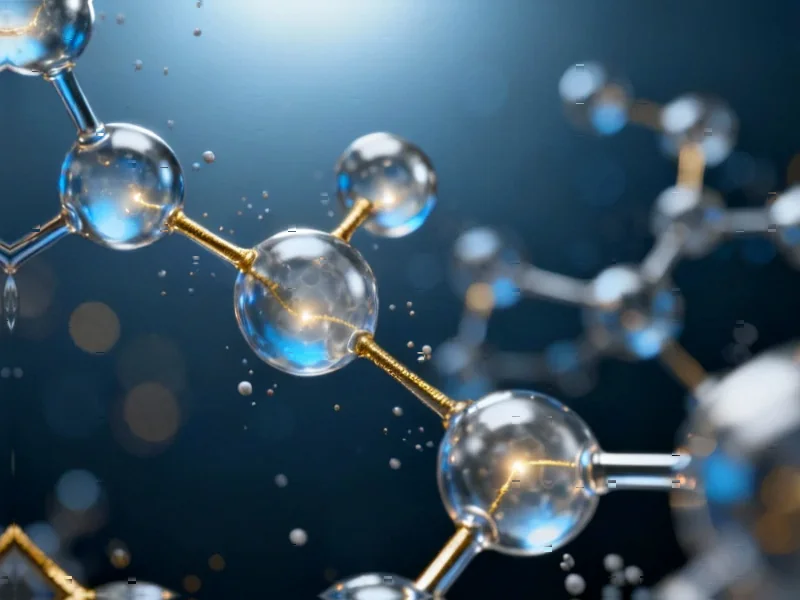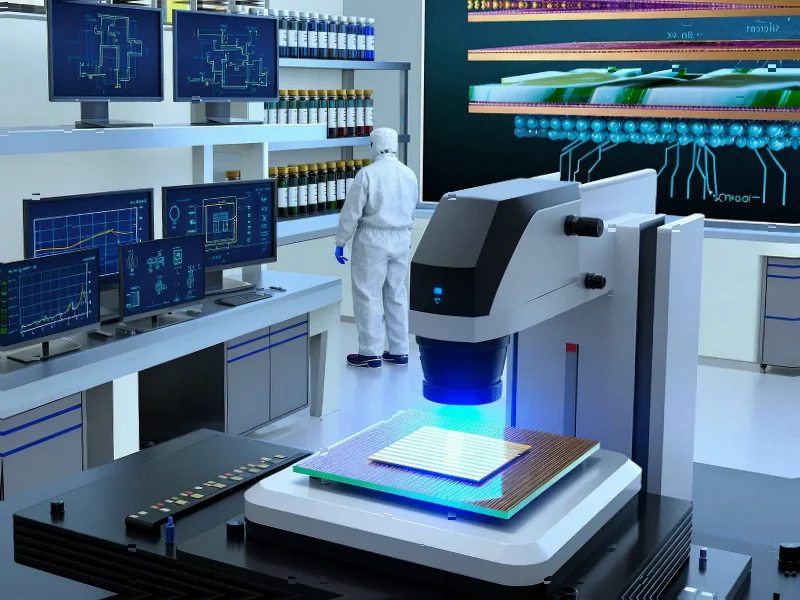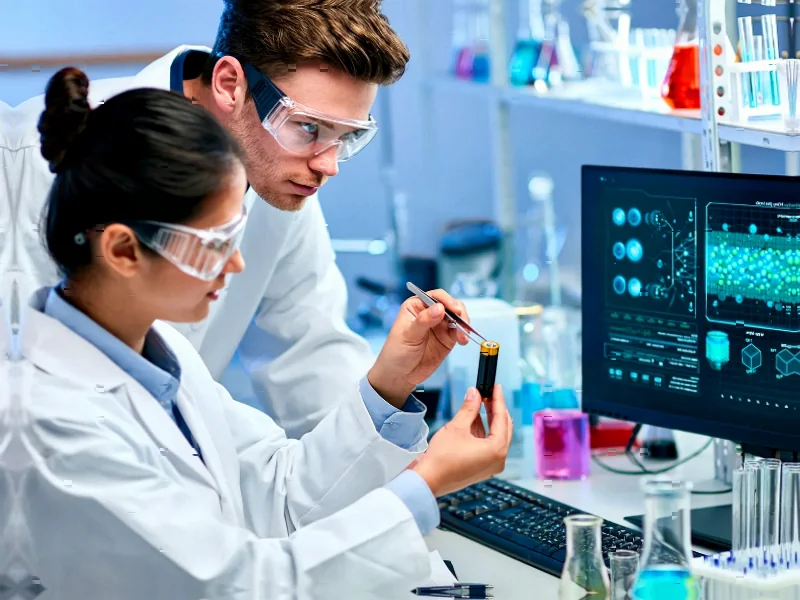Generative AI Boosts Pipeline Safety Predictions Amid Data Scarcity
Advanced data augmentation techniques are revolutionizing pipeline safety assessments by generating synthetic corrosion data where real-world testing is impractical. The CopulaGAN-LightGBM combination reportedly delivers the highest predictive improvement, while SHAP analysis identifies critical failure factors. A new web platform now enables real-time residual strength calculations for industry professionals.
Breaking Through Data Barriers in Pipeline Integrity
Researchers have developed a novel approach to predicting the residual strength of corroded pipelines by combining generative artificial intelligence with machine learning, according to recent findings published in npj Materials Degradation. The method addresses a critical industry challenge: the scarcity of high-quality experimental data needed to train accurate predictive models for pipeline safety assessment.









